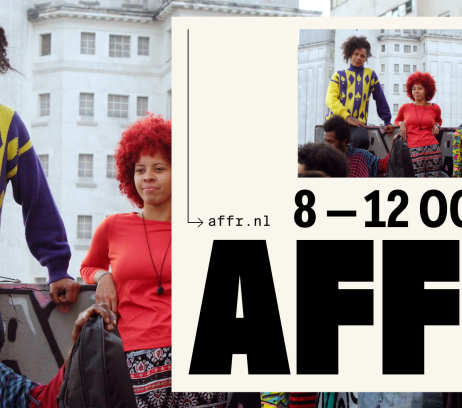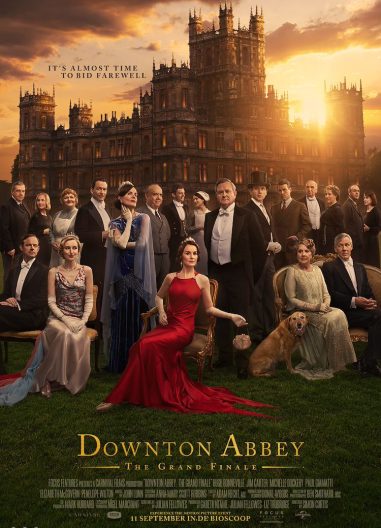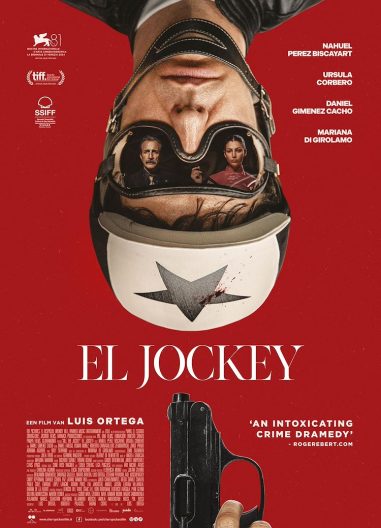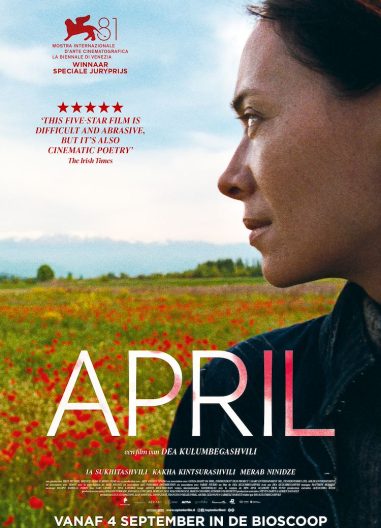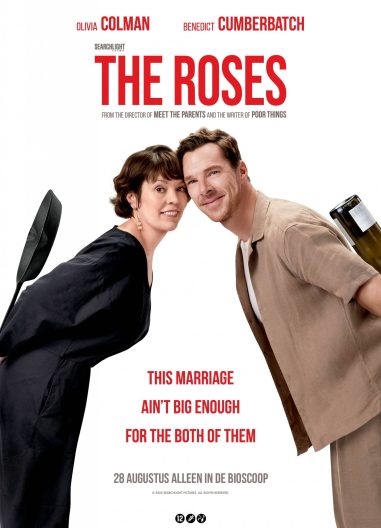Il Pilastro & The Great Together
Il Pilastro
Il Pilastro werd gebouwd in de jaren 60 aan de rand van Bologna. De woonwijk was bedoeld voor binnenlandse migranten die vanuit het platteland naar de stad waren getrokken om te werken in de florerende naoorlogse industrie. Aanvankelijk was de buurt van de stad afgesneden zonder fundamentele infrastructuur, maar de bewoners kwamen in opstand en dwongen met succes verbeteringen af voor het stadsplan. De buurt kreeg echter al snel een stigma. Door de jaren heen werd Pilastro in de media afgeschilderd als probleemwijk, eerst met Zuid-Italianen als doelwit, later immigranten.
Il Pilastro geeft een gestructureerd beeld van een buurt, verwoord door de stemmen van mensen die er al jarenlang mee bekend zijn:bewoners, buurtleiders, activisten, theatermakers, studenten en anderen.
Built in the 1960s on Bologna’s outskirts, Il Pilastro was a housing neighborhood mean to accommodate internal migrants arriving from the countryside to work in the flourishing postwar industry. Isolated in the city’s periphery and lacking basic infrastructure, it took a strong community mobilisation to achieve improvements to the urban plan. Even so, it didn’t take long for the neighborhood to become stigmatised. Over time, the media cemented Pilastro’sreputation as a troubled area, first targeting southern Italians and later migrant communities.
Il Pilastro is a layered portrait of this neighborhood through the voices of people who have known it for years: residents, community organisers, activists, theater makers, scholars and more.
The Great Together
The Great Together onderzoekt de toekomst van de modernistische woonwijken in Europa ineen tijd van acute woningnood. Nu slopen niet meer populair is wordt in steden opnieuw gekeken hoe de modernistische erfenis verzorgd, aangepast en eventueel gevierd kan worden.
De filmtitel is een vrije vertaling van het Franse Grand Ensemble – een term die ooit model stond voor collectieve ambitie en architectonische utopia’s. Vandaag de dag staan deze wijken aan de vooravond van iets nieuws. Door vier casestudy’s: in Rome, Toulouse, Belgrado en Wenen, elk geïntroduceerd door een lokale stem, brengt de film vier verschillende manieren in kaart waarop omgegaan kan worden met grootschalige modernistische huisvestingsprojecten: transformatie, sloop, privatisering en langetermijnonderhoud.
The Great Together examines the future of Europe’s modernist estates in a time of acute housing crisis. As demolition loses its appeal, cities are rethinking how to care for, adapt and eventually celebrate their modernist heritage.
The film’s title is a free translation of the French Grand Ensemble, a term that once evoked collective ambitions and architecturalutopias. Today, these estates stand at the cross roads. Through four case studies, in Rome, Toulouse, Belgrade and Vienna, introduced by a single local voice, the film charts four different ways to deal with modernist mass housing: transformation, demolition,privatisation, and long-term maintenance.
- 15:00
Kies tijdstip
- filmspecial
Il Pilastro
Il Pilastro werd gebouwd in de jaren 60 aan de rand van Bologna. De woonwijk was bedoeld voor binnenlandse migranten die vanuit het platteland naar de stad waren getrokken om te werken in de florerende naoorlogse industrie. Aanvankelijk was de buurt van de stad afgesneden zonder fundamentele infrastructuur, maar de bewoners kwamen in opstand en dwongen met succes verbeteringen af voor het stadsplan. De buurt kreeg echter al snel een stigma. Door de jaren heen werd Pilastro in de media afgeschilderd als probleemwijk, eerst met Zuid-Italianen als doelwit, later immigranten.
Il Pilastro geeft een gestructureerd beeld van een buurt, verwoord door de stemmen van mensen die er al jarenlang mee bekend zijn:bewoners, buurtleiders, activisten, theatermakers, studenten en anderen.
Built in the 1960s on Bologna’s outskirts, Il Pilastro was a housing neighborhood mean to accommodate internal migrants arriving from the countryside to work in the flourishing postwar industry. Isolated in the city’s periphery and lacking basic infrastructure, it took a strong community mobilisation to achieve improvements to the urban plan. Even so, it didn’t take long for the neighborhood to become stigmatised. Over time, the media cemented Pilastro’sreputation as a troubled area, first targeting southern Italians and later migrant communities.
Il Pilastro is a layered portrait of this neighborhood through the voices of people who have known it for years: residents, community organisers, activists, theater makers, scholars and more.
The Great Together
The Great Together onderzoekt de toekomst van de modernistische woonwijken in Europa ineen tijd van acute woningnood. Nu slopen niet meer populair is wordt in steden opnieuw gekeken hoe de modernistische erfenis verzorgd, aangepast en eventueel gevierd kan worden.
De filmtitel is een vrije vertaling van het Franse Grand Ensemble – een term die ooit model stond voor collectieve ambitie en architectonische utopia’s. Vandaag de dag staan deze wijken aan de vooravond van iets nieuws. Door vier casestudy’s: in Rome, Toulouse, Belgrado en Wenen, elk geïntroduceerd door een lokale stem, brengt de film vier verschillende manieren in kaart waarop omgegaan kan worden met grootschalige modernistische huisvestingsprojecten: transformatie, sloop, privatisering en langetermijnonderhoud.
The Great Together examines the future of Europe’s modernist estates in a time of acute housing crisis. As demolition loses its appeal, cities are rethinking how to care for, adapt and eventually celebrate their modernist heritage.
The film’s title is a free translation of the French Grand Ensemble, a term that once evoked collective ambitions and architecturalutopias. Today, these estates stand at the cross roads. Through four case studies, in Rome, Toulouse, Belgrade and Vienna, introduced by a single local voice, the film charts four different ways to deal with modernist mass housing: transformation, demolition,privatisation, and long-term maintenance.


